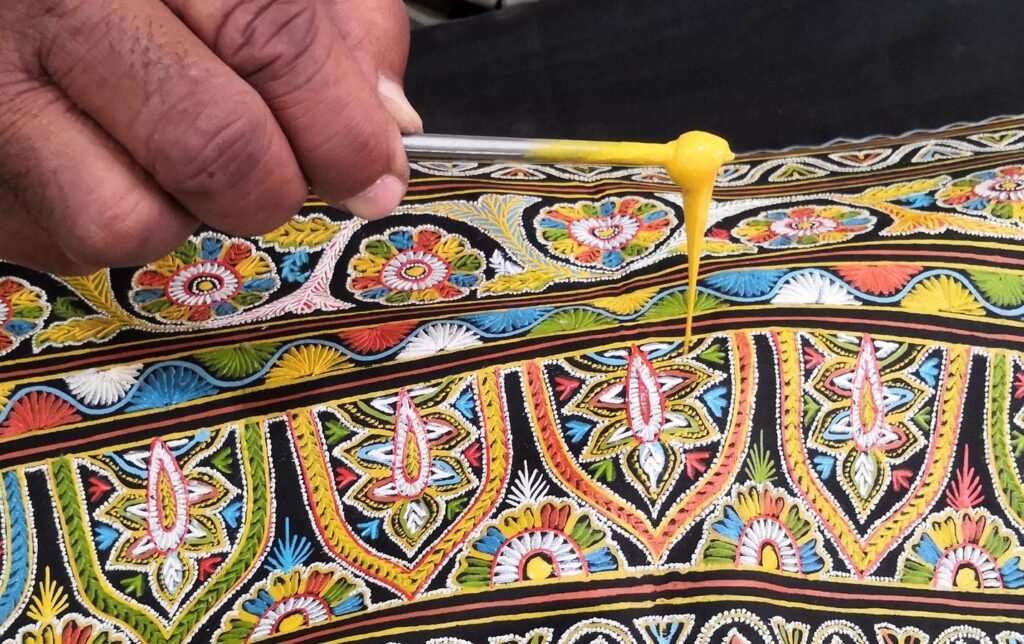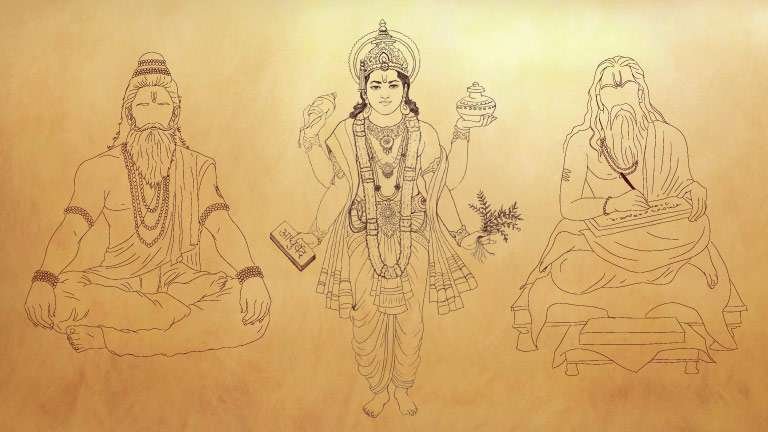Exploring the Rich Cultural Heritage of Indian Art and Handicrafts
Exploring the Rich Cultural Heritage of Indian Art and Handicrafts
India is a land of diverse culture and traditions, which is reflected in its art and handicrafts. Indian art and handicrafts are known worldwide for their exquisite beauty and craftsmanship. These art forms are not only a means of livelihood for many artists and artisans, but they also showcase the rich cultural heritage of India.
Let’s delve into the world of Indian art and handicrafts and discover some of the popular forms of art.

Madhubani Painting: Also known as Mithila painting, Madhubani art originates from the Mithila region of Bihar. This art form uses vibrant colors and intricate designs to depict Hindu deities, nature, and mythology.
Pattachitra Painting: This art form is native to the state of Odisha and involves the use of bright colors and traditional designs to create beautiful artworks. The Pattachitra painting style has been passed down from one generation to the next, making it an integral part of Odisha’s culture.
Warli Painting: Warli paintings are a tribal art form that originated in Maharashtra. The paintings depict the simple and rustic lifestyle of the Warli tribe, with basic geometric shapes and designs.
Banarasi Silk Sarees: Banarasi silk sarees are one of the most famous forms of Indian handicrafts. These sarees are made using pure silk and intricate designs, which are inspired by Mughal architecture.
Jaipur Blue Pottery: Jaipur Blue Pottery is a traditional art form that originated in Rajasthan. The pottery is made using quartz and raw glaze, which gives it a unique blue color. The intricate designs and patterns on the pottery make it a popular handicraft item.
Tanjore Paintings: Tanjore paintings are a classical South Indian art form that originated in the town of Thanjavur in Tamil Nadu. These paintings are known for their rich colors, intricate designs, and 3D effect. Tanjore paintings usually depict Hindu deities, and they are made using gold foils, precious stones, and rich colors.
Chikankari Embroidery: Chikankari is a traditional embroidery style that originated in Lucknow, Uttar Pradesh. The embroidery is done using white cotton or muslin fabric, and it usually features intricate floral designs. Chikankari is a delicate embroidery style that requires a high level of skill and precision.
Kalamkari Painting: Kalamkari is a hand-painted or block-printed textile art form that originated in Andhra Pradesh. The paintings feature intricate designs and motifs, and they are made using natural dyes. Kalamkari painting usually depicts scenes from Hindu mythology, nature, and historical events.
Dhokra Art: Dhokra is a traditional metal casting technique that originated in the Bastar region of Chhattisgarh. The art form involves using the lost wax casting technique to create brass and bell metal objects such as figurines, lamps, and jewelry. Dhokra art is known for its rustic and tribal look, and it is a popular handicraft item in India.

Kantha Embroidery: Kantha is a type of embroidery that originated in West Bengal. The embroidery involves stitching together layers of old saris or dhotis to create new garments or household items. Kantha embroidery usually features intricate designs of animals, birds, and flowers.
Terracotta Pottery: Terracotta pottery is a popular form of Indian handicrafts, which is made using unglazed clay. This pottery is usually created by hand, and it is baked in a kiln to create durable and sturdy objects. Terracotta pottery is used for creating decorative items, vases, and even toys.
Kutch Embroidery: Kutch embroidery is a traditional embroidery style that originated in the Kutch region of Gujarat. This embroidery is known for its bright colors, intricate designs, and mirror work. Kutch embroidery is usually done on fabrics like cotton, silk, and velvet.
Bidriware: Bidriware is a type of metalwork that originated in the city of Bidar, Karnataka. This art form involves creating intricate designs on a zinc and copper alloy, which is then filled with silver wire. Bidriware is known for its dark black color and fine intricate designs, and it is often used for creating decorative items like vases, bowls, and trays.
Phulkari Embroidery: Phulkari is a traditional embroidery style that originated in Punjab. This embroidery style involves creating intricate floral designs using bright-colored threads on fabrics like silk and cotton. Phulkari embroidery is usually done on dupattas, shawls, and sarees.
Block Printing: Block printing is a popular textile printing technique that is widely used in India. This technique involves carving intricate designs onto a wooden block, which is then dipped in dye and stamped onto fabric. Block printing is used for creating a variety of fabrics like cotton, silk, and linen, and it is known for its vibrant colors and intricate designs.
Cultural Heritage of Indian Art and Handicrafts – QA
What are some popular forms of Indian art?
Answer: Some popular forms of Indian art include Madhubani paintings, Pattachitra paintings, Warli paintings, Tanjore paintings, Kalamkari paintings, and Dhokra art.
What are some traditional Indian handicrafts?
Answer: Traditional Indian handicrafts include Banarasi silk sarees, Jaipur Blue Pottery, Chikankari embroidery, Kantha embroidery, Bidriware, Phulkari embroidery, and Terracotta pottery.
Where do these art forms and handicrafts originate from?
Answer: These art forms and handicrafts originate from various parts of India, such as Madhubani paintings from Bihar, Banarasi silk sarees from Uttar Pradesh, Jaipur Blue Pottery from Rajasthan, and Kalamkari paintings from Andhra Pradesh.
What is the history behind these art forms and handicrafts?
Answer: These art forms and handicrafts have a rich history that dates back to ancient times. Many of these art forms were used to depict religious and mythological scenes, while others were used for daily use and decoration.
How are these art forms and handicrafts made?
Answer: Each art form and handicraft has its unique making process. For example, Banarasi silk sarees are made using pure silk and intricate designs, while Jaipur Blue Pottery is made using quartz and raw glaze. Similarly, Dhokra art involves using the lost wax casting technique to create brass and bell metal objects.
Where can I buy these art forms and handicrafts?
Answer: These art forms and handicrafts are available in various markets, online stores, and government-sponsored handicraft emporiums across India. Additionally, many states in India have special handicraft emporiums that sell traditional art forms and handicrafts from that particular region.
- Madhubani painting techniques
- Buy Banarasi silk sarees online
- Terracotta pottery designs
- Kutch embroidery patterns
- Jaipur Blue Pottery price range
- Tanjore painting artists
- Dhokra art online store
- Phulkari embroidery history
- Traditional block printing fabrics
- Pattachitra painting tutorial
Exploring the Rich Cultural Heritage of Indian Art and Handicrafts



